Case 16
- Paul's and other publishers
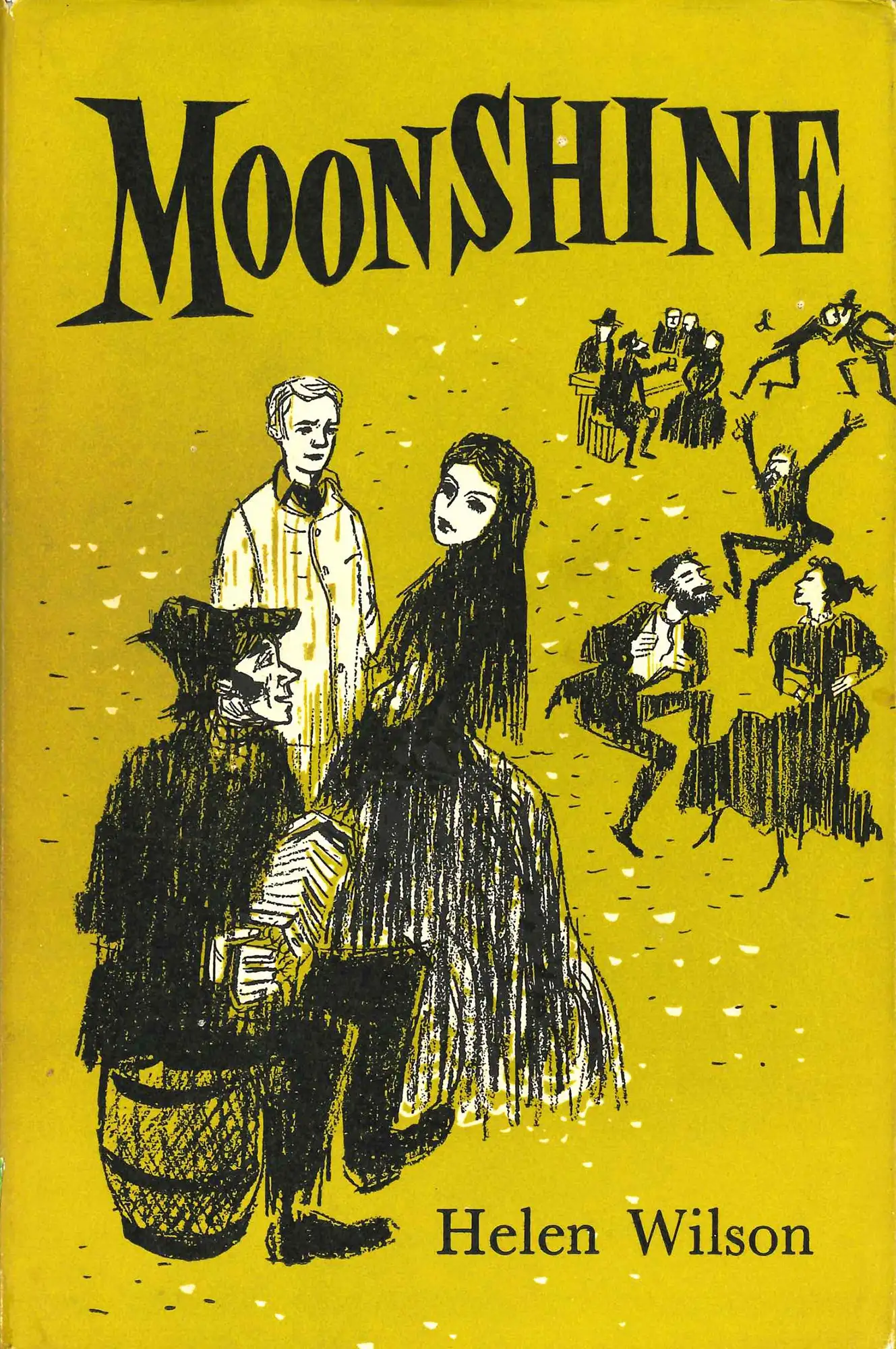
Helen Wilson. Moonshine. Hamilton: Paul's Book Arcade, 1956.
Paul’s Book Arcade opened as a bookshop in Hamilton in 1901, the business of William Henry Paul. His son, Blackwood Paul (1908-65) took over the bookstore in 1933, and by 1945 turned to publishing, with a determined interest in New Zealand writers. The imprint he established with wife Janet, Paul’s Book Arcade, and from 1964, Blackwood and Janet Paul, appeared on nearly 200 books. Janet Paul (1919-2004) set high standards in book design and commissioned many artists for illustrations and dust jackets.
Helen Wilson (1869-1957) was a farmer and teacher who became a writer in her later years. Partly based upon her youthful memories of the 1880s, her first novel Moonshine was written in the 1930s and published as a small edition paperback in 1944. A more substantial jacketed cloth edition, published by Paul’s of Hamilton, appeared in 1956.
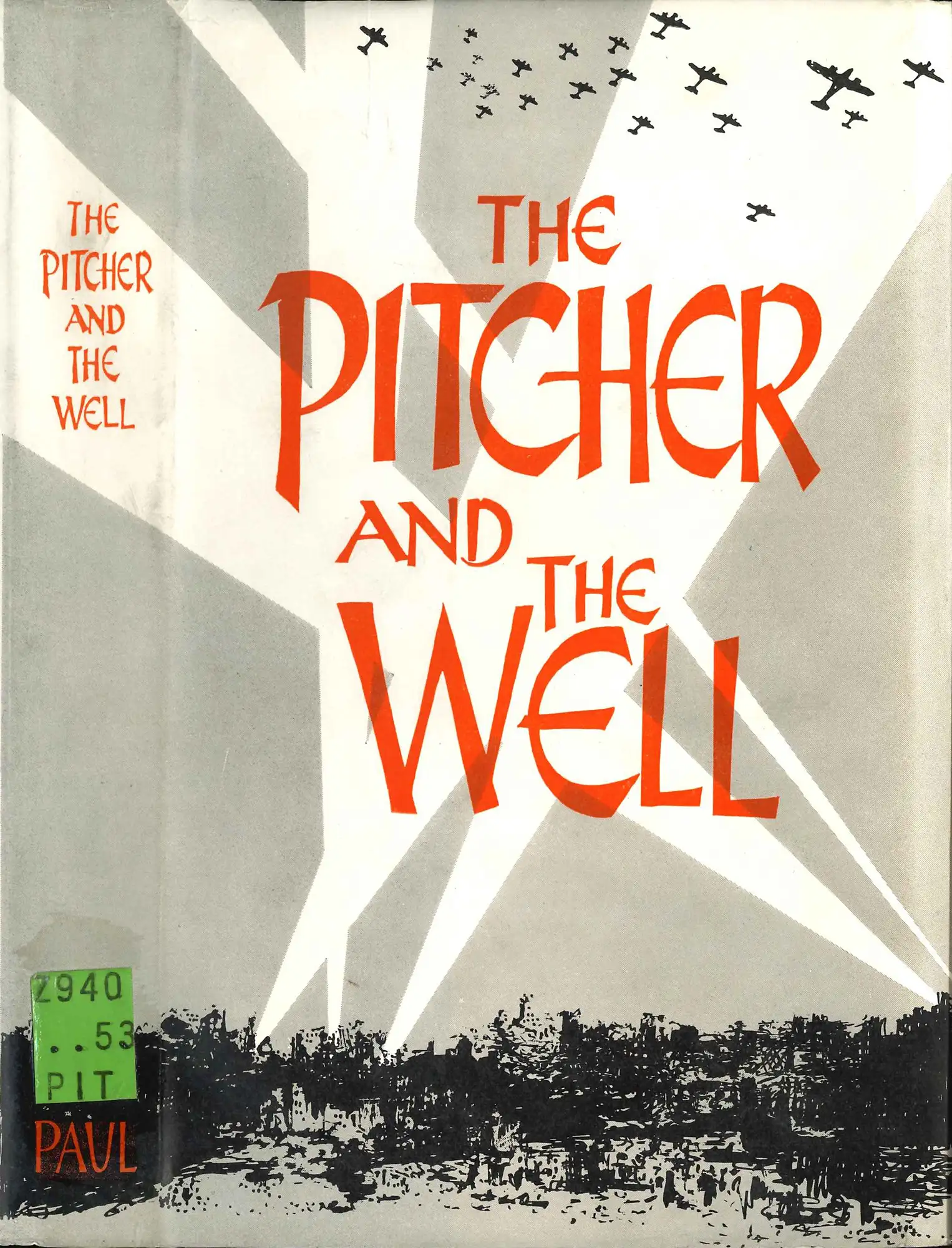
J.D. McDonald (editor). The Pitcher and the well. Hamilton: Paul's Book Arcade, 1961.
The pitcher and the well is based on a manuscript shared with the publisher Paul’s by Squadron Leader J.D. McDonald. Dictated to a fellow World War II prisoner-of-war by a New Zealand navigator lying in a prison hospital bed suffering from burns which eventually caused his death, these letters tell the author’s story.
The eye-catching jacket design is by Dennis Knight Turner - another example of his elegant hand-drawn lettering.
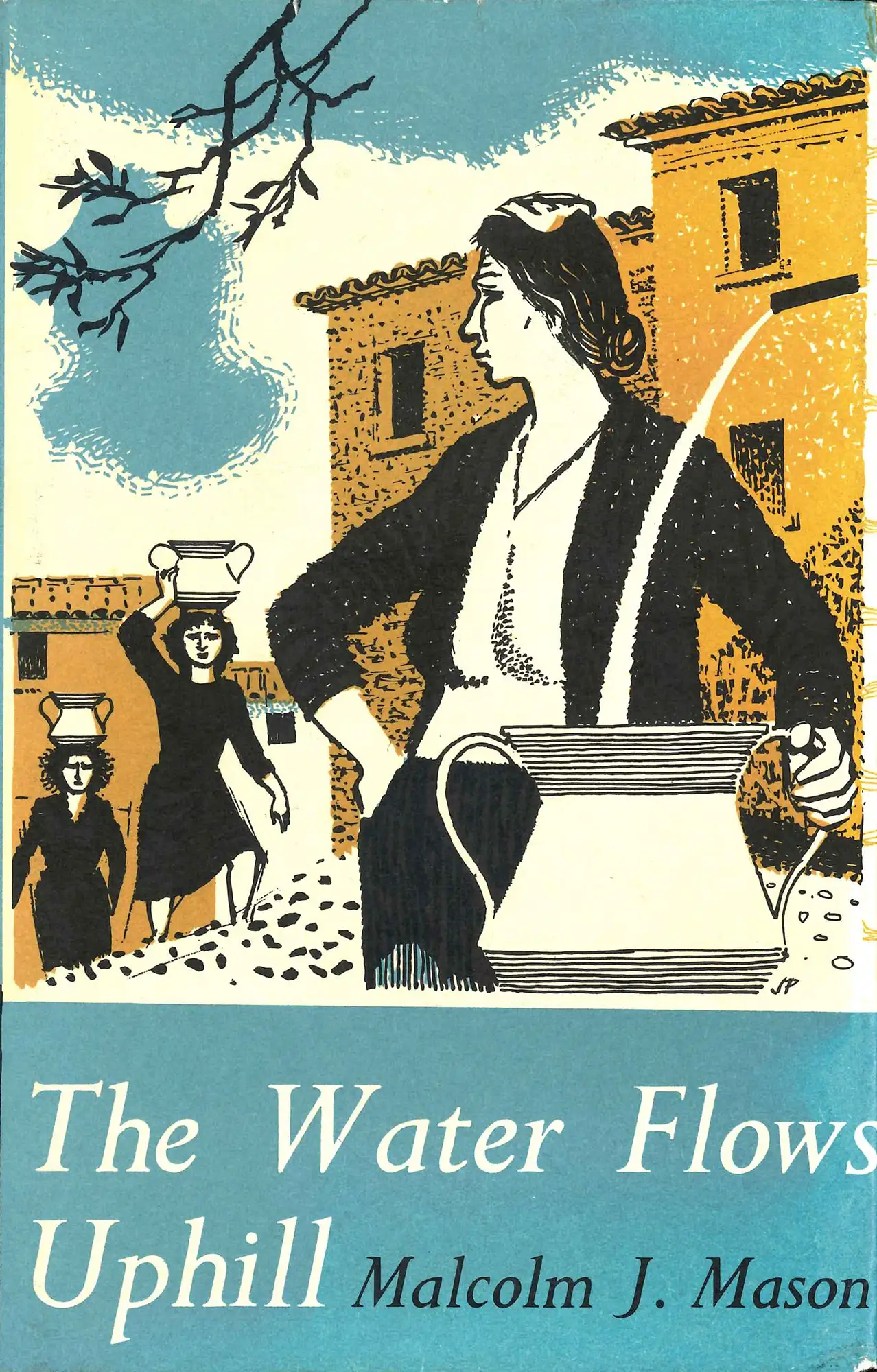
Malcolm J. Mason. The water flows uphill: a Kiwi returns to Italy. Auckland: Blackwood & Janet Paul, 1964.
The water flows uphill is the true story of a soldier’s return to the Italian village whose people had saved his life when he was an escaped prisoner-of-war in the winter of 1943-44. To show his gratitude, he offers to pay for the installation of a water pipe – but meets with unexpected obstacles.
The jacket design is by Juliet Peter (1915-2010), one of the most prolific designer-illustrators of the postwar period.

Malcolm J. Mason. The water flows uphill: a Kiwi returns to Italy. Auckland: Blackwood & Janet Paul, 1964.
Open image in new window
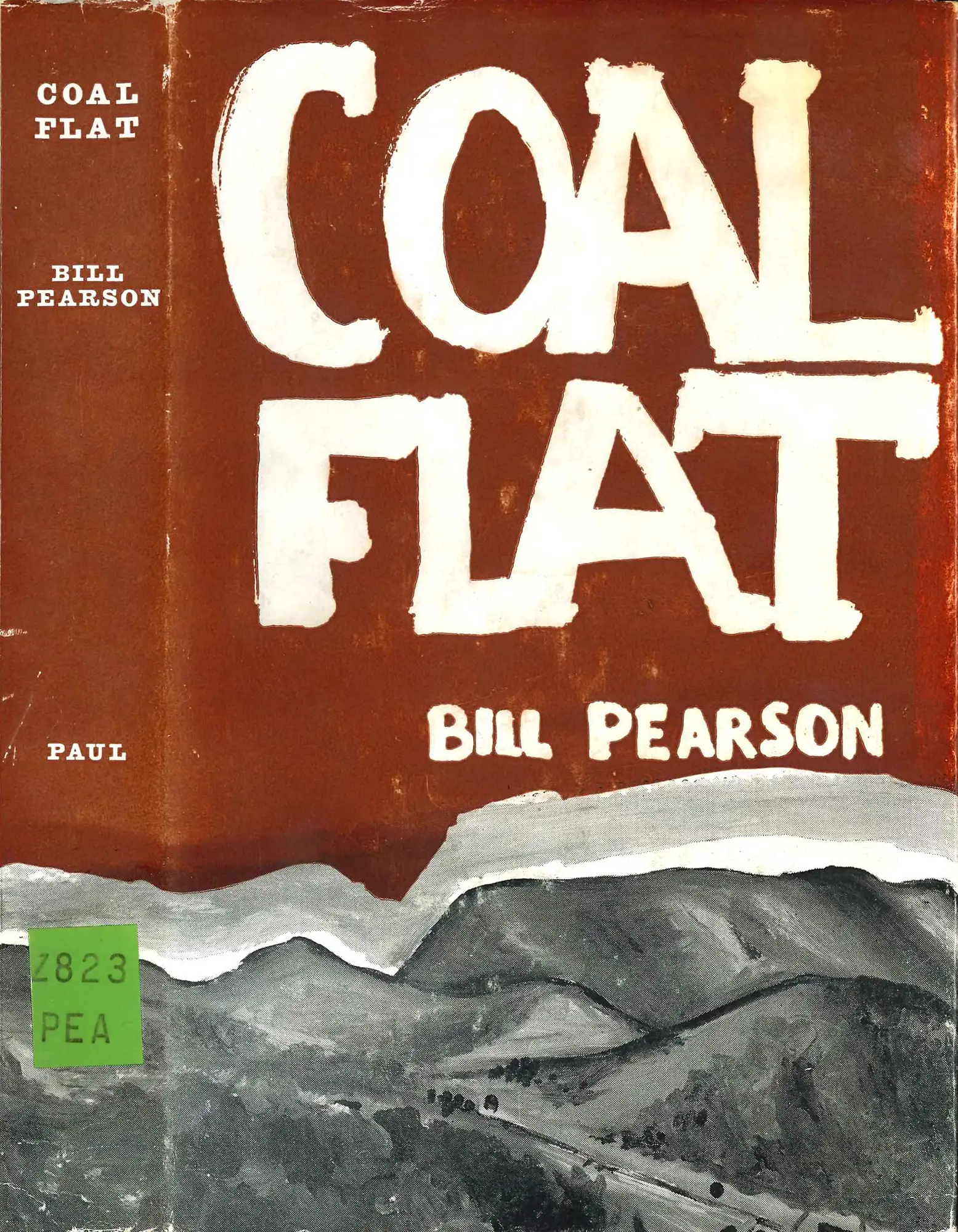
Bill Pearson. Coal Flat. Auckland: Longman Paul, 1963.
Bill Pearson (1922-2002) was a Greymouth-born novelist, essayist, critic and academic, best known for his social realist novel Coal Flat, and polemical essay on New Zealand identity “Fretful sleepers” (1952).
The jacket design, with its instantly recognizable artistic style of the hillscape, is by Colin McCahon (1919-1987), today recognized as one of New Zealand’s foremost artists.
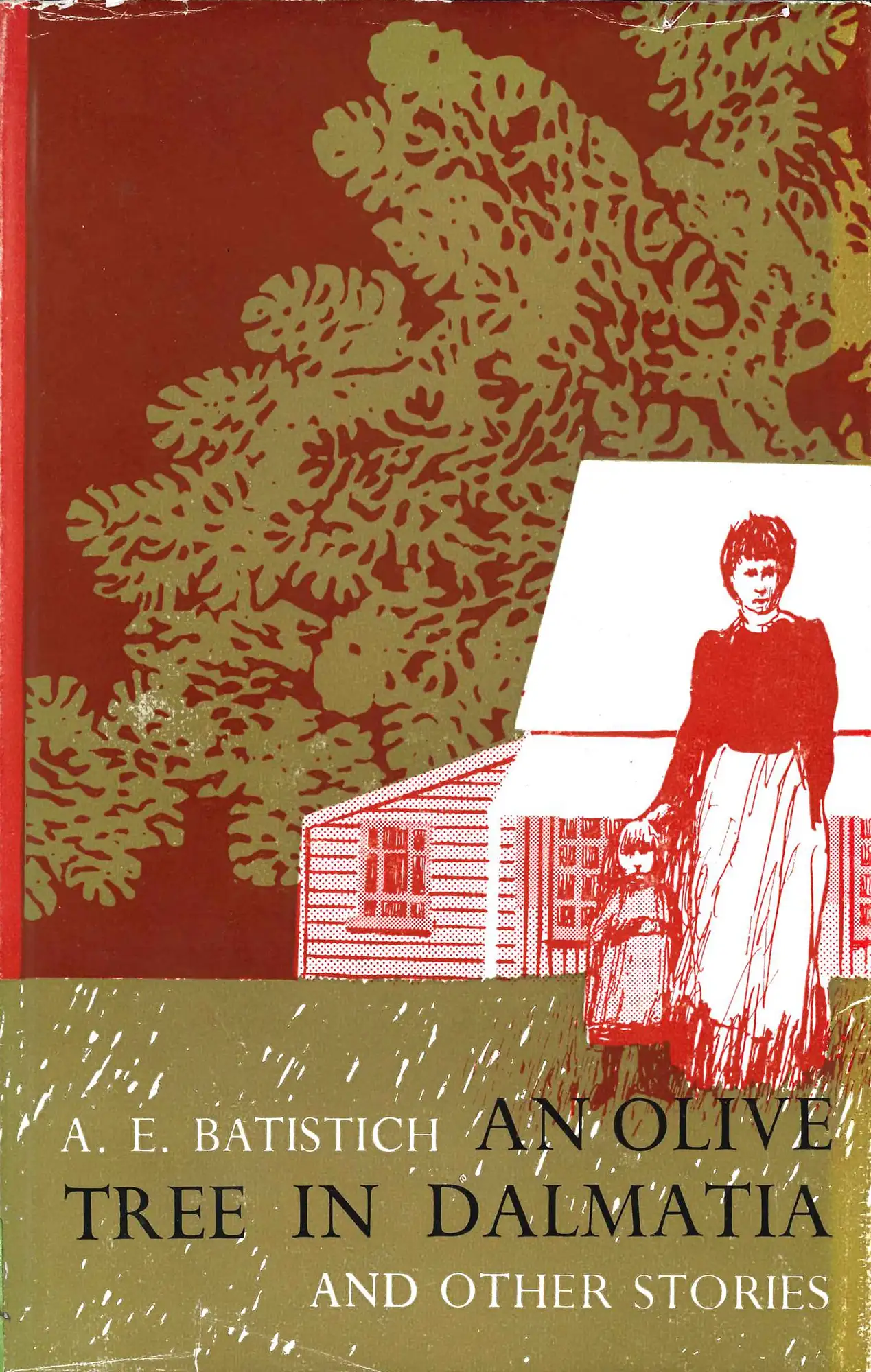
Amelia Batistich. An olive tree in Dalmatia and other stories. Hamilton: Paul’s Book Arcade, 1963.
This book of short stories about New Zealanders of Dalmatian ancestry is by Dargaville-born writer Amelia Batistich (1915-2004).
The jacket design is by Graham Percy (1938-2008), a Stratford-born artist best known for his covers of the iconic Bruce Mason plays The pohutukawa tree and End of the golden weather. The jacket of An olive tree in Dalmatia is one of a handful he designed in the early 1960s, before permanently leaving for Britain in 1964.

Amelia Batistich. An olive tree in Dalmatia and other stories. Hamilton: Paul’s Book Arcade, 1963.
Open image in new window
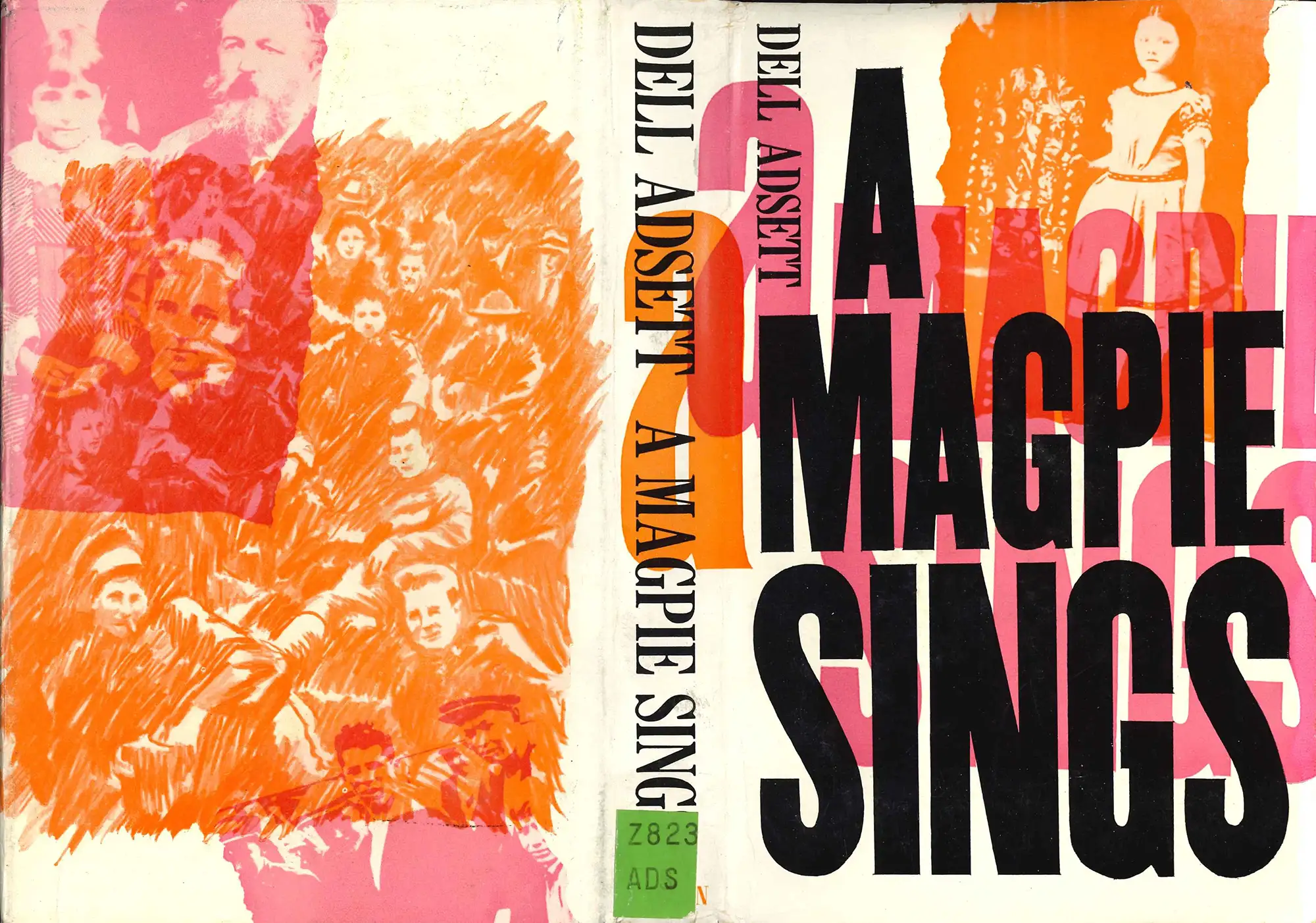
Dell Adsett. A magpie sings. Wellington: Price Milburn, 1963.
A magpie sings is a publication of Price Milburn of Wellington, founded in 1957 by Hugh Price and Jim Milburn. A general publisher of New Zealand fiction and non-fiction, it was later renowned for its educational books and early readers.
A magpie sings is a story of rural New Zealand in the early 1900s. It is the first novel by Feilding author Dell (Delphine) Adsett (1920-2007), who also wrote short stories and local histories of the Manawatu. The jacket design is by Graham Percy.
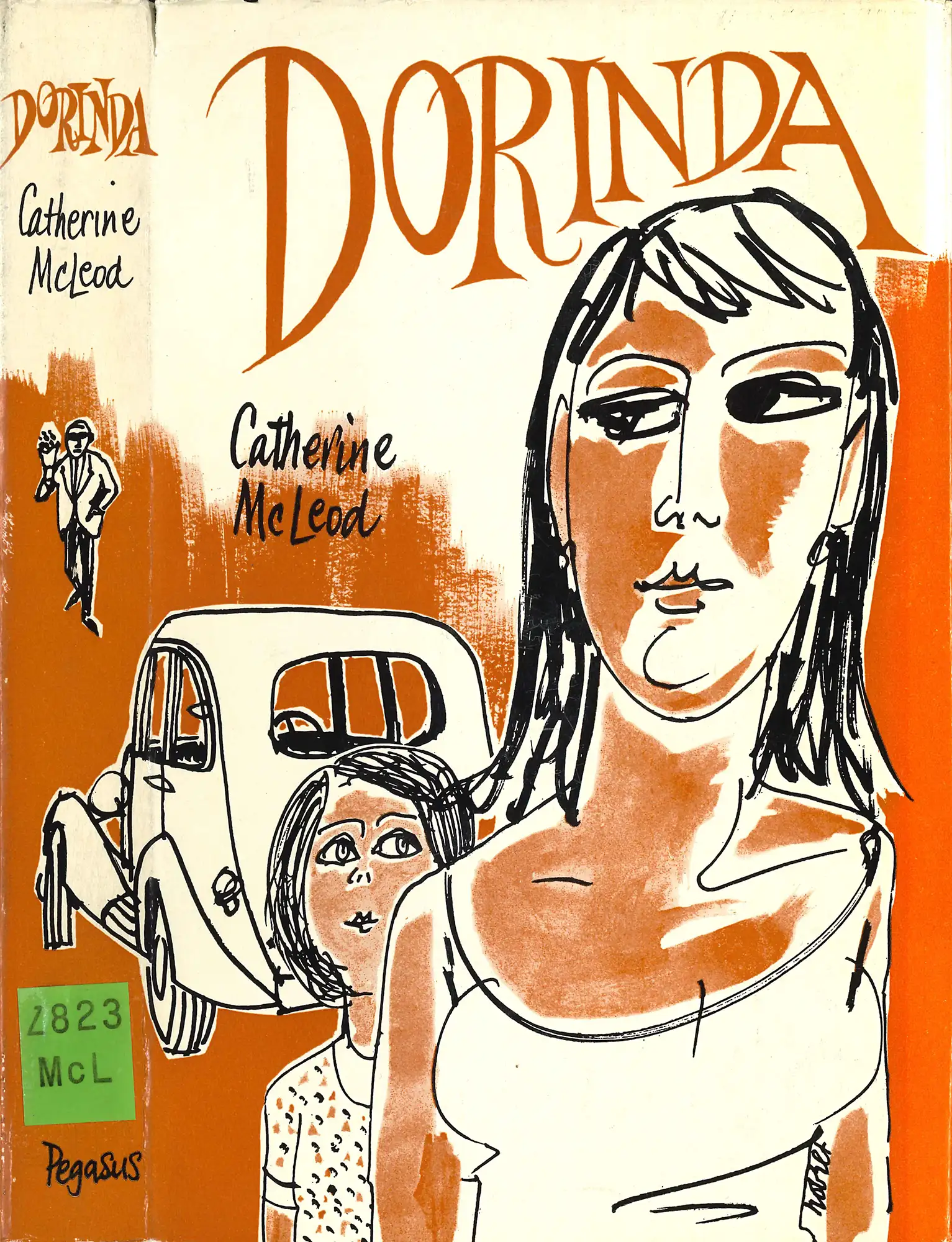
Catherine McLeod. Dorinda. Christchurch: Pegasus Press, 1967.
Dorinda by Catherine McLeod is the story of a widowed mother and her many admirers, narrated through the eyes of her young daughter. The sketchy yet striking and dramatic jacket design is by Robert Brett (1915-1995) who worked as an illustrator and calligrapher for Pegasus Press and The Caxton Press.
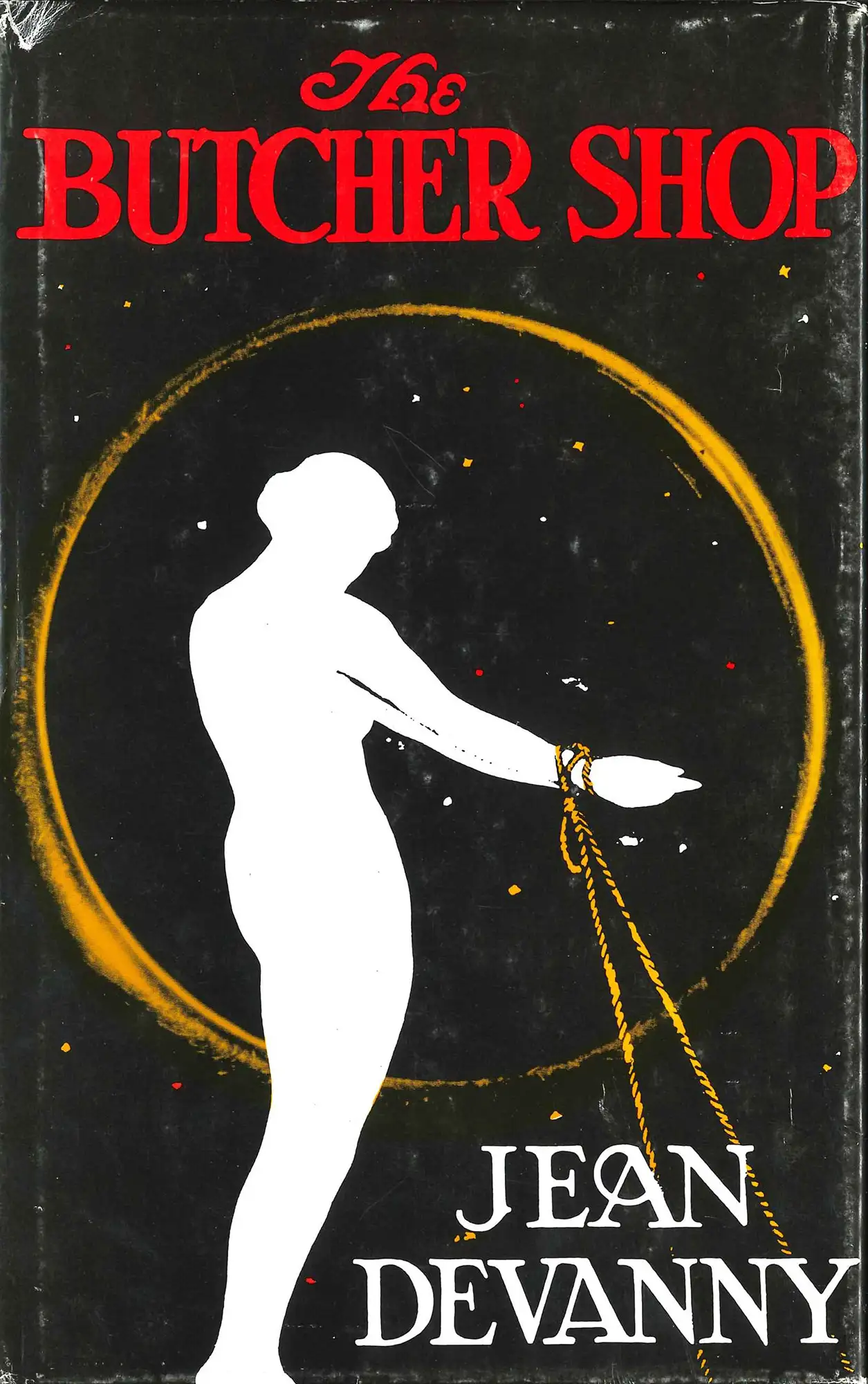
Jean Devanny. The butcher shop. Auckland: Auckland University Press, 1981.
First published in London in 1926, The butcher shop by Jean Devanny (1894-1962) is a story set on a sheep station in Taihape district. It sold well overseas but has the distinction of being the first New Zealand book to be banned in New Zealand, due to its depiction of extramarital relationships.
The cover design of the 1981 Auckland University Press edition is based upon that of the 1926 first edition published by Gerald Duckworth and Company.
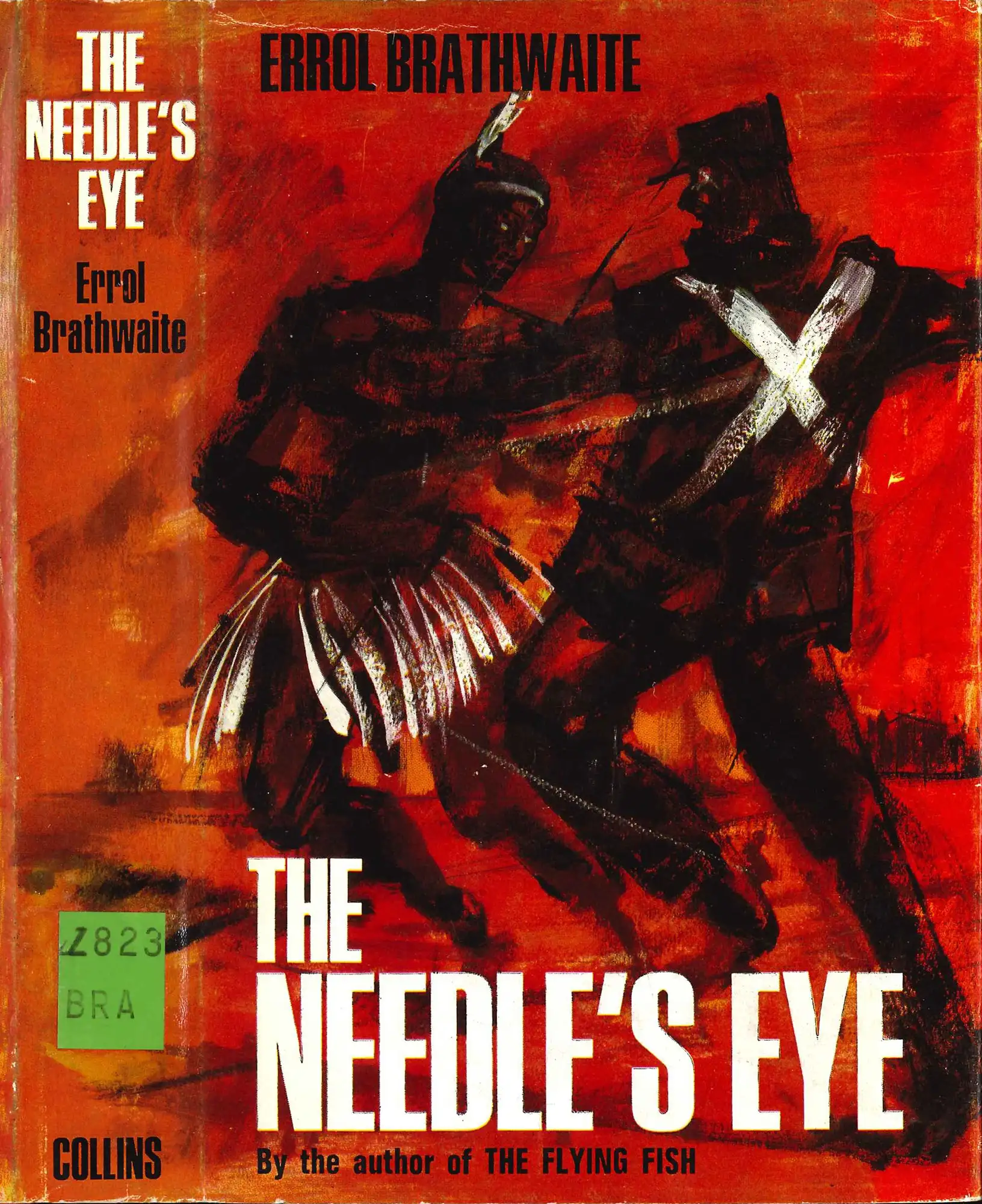
Errol Brathwaite. The needle's eye. Auckland: Collins, 1965.
The second book of a trilogy for younger readers, The needle’s eye by Errol Braithwaite (1924-2005) is set in the Waikato during the New Zealand wars, and tells the tale of a British officer’s increasing distaste for war, and increasing sympathy for Māori.
The jacket design is by Garth Tapper (1927-1999), whose art often has a dark quality, which, combined with heavy lettering, creates intense book covers and hints at substantial themes.








